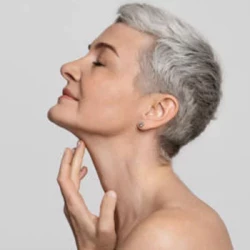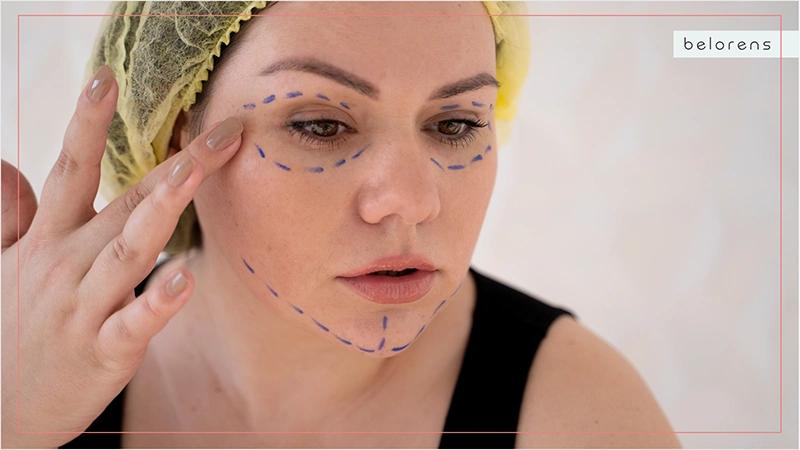How to Get Rid of Jowls Without Surgery?
- ByMedical Content Team
- Medically Reviewed byDr. Sabine Kulhanek
Fact checked

Are you bothered by the appearance of jowls but hesitant to undergo surgery? You're not alone. Many individuals are seeking effective and non-invasive methods to reduce sagging skin around their jawline, without resorting to surgical interventions.
In this comprehensive guide, we will explore various techniques and approaches that can help you bid farewell to jowls without going under the knife. From dermal fillers and thread lifts to innovative treatments like radiofrequency therapy and laser skin tightening, we'll delve into a range of non-surgical options for tackling those pesky jowls.
Whether you're in your 30s looking for preventative measures or in your golden years hoping to restore youthful contours, this blog post is here to equip you with valuable insights on how to reclaim a firmer and more defined jawline - all achieved through safe, convenient, and non-invasive means.
So let's embark on this rejuvenation journey together as we discover practical tips, expert advice, and evidence-based solutions that could transform both your appearance and self-confidence. Get ready; it's time to say goodbye to jowls without ever stepping foot inside an operating room!
What Are Jowls and What Causes Them?
As we gracefully journey through life, our bodies undergo various changes. One such change that often makes its presence known is the appearance of jowls. These drooping or sagging areas of skin below the jawline can be a cause for concern and may impact one's self-confidence.
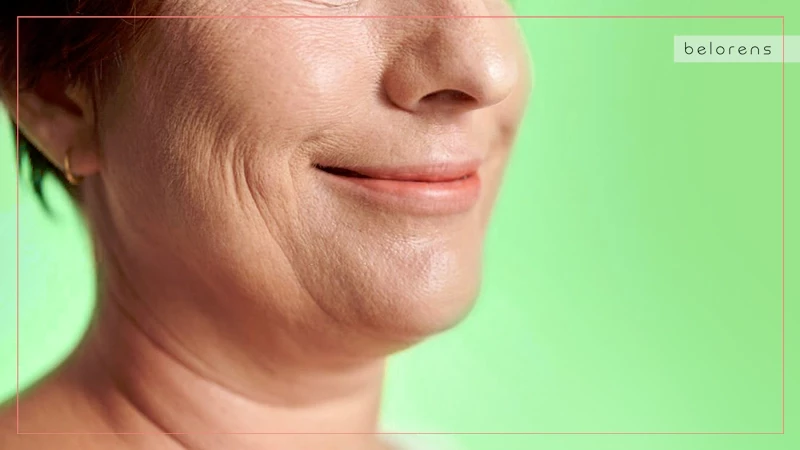
Jowls are commonly associated with aging and are believed to be primarily caused by a combination of factors including genetics, loss of skin elasticity, jawbone loss, collagen depletion, and the effects of gravity over time. As we age, our skin naturally loses its firmness and elasticity due to a decrease in collagen production. This leads to the formation of jowls as the skin becomes less able to hold its shape against the pull of gravity.
While jowls are more prevalent among older individuals, they can also appear prematurely due to lifestyle choices such as smoking, excessive sun exposure without proper protection, poor skincare routines, unhealthy diet habits, and even stress levels.
What Are Non-surgical Treatments for Sagging Jowls?
If you're looking for ways to reduce the appearance of jowls without undergoing surgery, there are several non-invasive options worth exploring. While these methods may not provide as significant or immediate results as surgical procedures, they can still help improve the firmness and tightness of your skin:
Dermal Fillers
Dermal fillers can be used to treat sagging jowls by adding volume and contouring the jawline. When injected into specific areas, dermal fillers help to lift and tighten the skin, reducing the appearance of jowls.
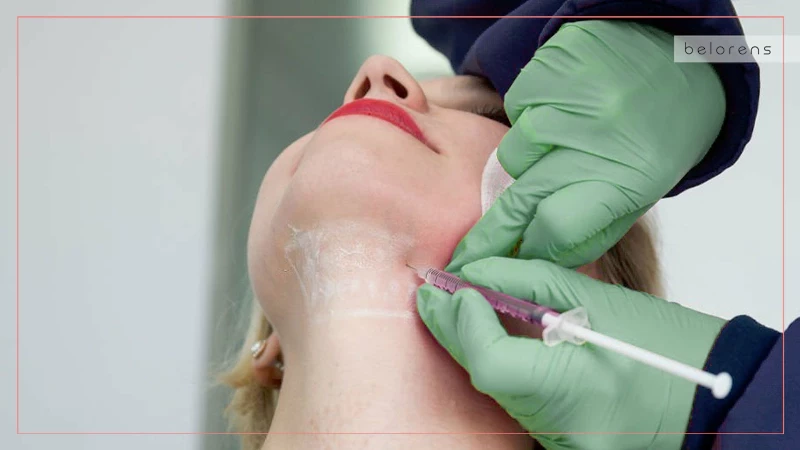
The filler material is typically made of hyaluronic acid, a substance that naturally occurs in the body and helps to hydrate and plump up the skin. By strategically placing dermal fillers along the jawline, a skilled healthcare provider can restore lost volume, improve facial proportions, and rejuvenate the overall appearance of sagging jowls.
Ultherapy
Ultherapy is a non-invasive cosmetic procedure that can be used to treat sagging jowls. Unlike dermal fillers, which add volume to the area, Ultherapy utilizes focused ultrasound energy to stimulate collagen production and tighten the skin.
During the procedure, ultrasound waves are delivered deep into the skin layers, targeting specific areas of concern such as jowls. This stimulates the body's natural healing response and encourages collagen regeneration, resulting in firmer and more lifted skin over time. Ultherapy is a safe and effective option for those looking to improve the appearance of sagging jowls without surgery or downtime.
Radiofrequency (RF)
RF therapy, also known as radiofrequency therapy, is another non-invasive treatment option for addressing sagging jowls. This procedure uses radiofrequency energy to heat the deeper layers of the skin and stimulate collagen production. By delivering controlled heat to the targeted area, RF therapy helps tighten loose skin and improve facial contours.
During an RF therapy session for jowls, a handheld device is used to emit radiofrequency waves into the skin. These waves penetrate into the underlying tissues, causing gentle heating without damaging the outer layer of the skin. This thermal energy triggers collagen remodeling and contraction, resulting in a firmer appearance over time.
RF therapy is considered safe and effective for individuals seeking non-surgical options to address sagging jowls. Multiple sessions may be required depending on individual needs and desired outcomes.
Thread Lift
Thread lift is a cosmetic procedure that can be used to address sagging jowls. It involves the use of dissolvable sutures or threads, which are inserted under the skin to lift and tighten the jowl area.
During a thread lift for jowls, a healthcare professional will insert thin threads into specific points along the jawline. These threads have tiny barbs or cones that grip onto the underlying tissues when they are pulled tight. By lifting and repositioning the sagging skin, thread lifts can help improve the appearance of jowls.
The procedure is typically performed under local anesthesia and does not require extensive downtime. As an added benefit, thread lifts also stimulate collagen production over time, further enhancing skin-tightening effects.
Laser Skin Tightening
Laser skin tightening is a non-surgical treatment option that can be used to address sagging jowls. This procedure utilizes laser technology to stimulate collagen production and promote skin tightening in the targeted area.
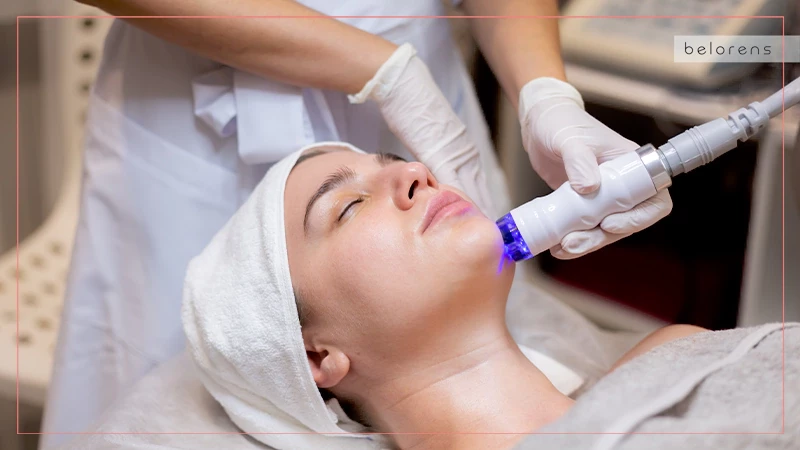
During a laser skin tightening treatment for jowls, a healthcare professional will use a handheld device that emits focused laser energy onto the skin. The heat from the laser penetrates the deeper layers of the dermis, stimulating collagen fibers and causing them to contract. This contraction leads to tighter, firmer-looking skin over time.
Laser skin tightening treatments are generally well-tolerated and require little to no downtime. Multiple sessions may be needed depending on individual needs and desired results.
Cryolipolysis (CoolSculpting)
Cryolipolysis, commonly known as CoolSculpting, is a non-surgical treatment option primarily used for reducing excess fat in targeted areas of the body. While it is not specifically designed to treat jowls, CoolSculpting may have some minor benefits for improving mild cases of jowling and contouring facial features.
During a CoolSculpting session, a specialized device is applied to the skin surface in the target area. The device delivers controlled cooling technology that freezes and destroys fat cells without harming the surrounding tissues. Over time, the body naturally eliminates these damaged fat cells through its metabolic processes.
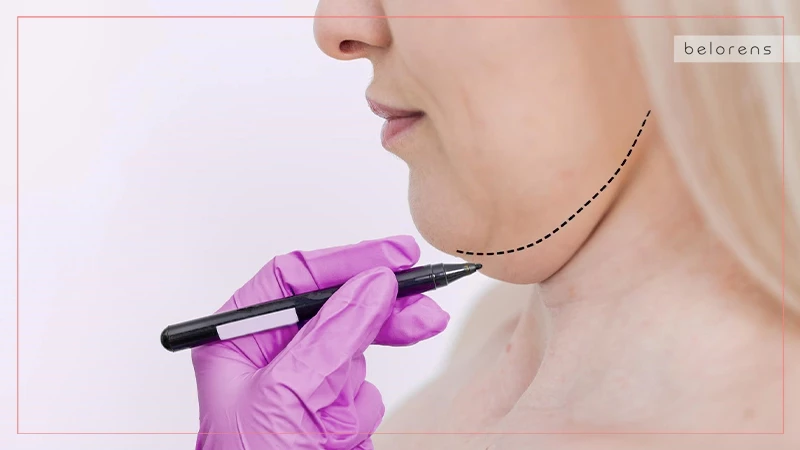
In terms of jowls, if there is excess submental (under-chin) fat contributing to their appearance, CoolSculpting can potentially reduce this localized fat deposit. However, it's important to note that significant sagging or skin laxity cannot be effectively addressed with CoolSculpting alone.
Also Read: When to Get Botox Injections and Dermal Fillers?
Can Facial Exercises Reduce Sagging Jowls?
Facial exercises, also known as facial yoga or facial toning exercises, are often touted as a natural method to reduce sagging jowls. These exercises involve repetitive movements and contractions of the facial muscles with the aim of strengthening and toning them.
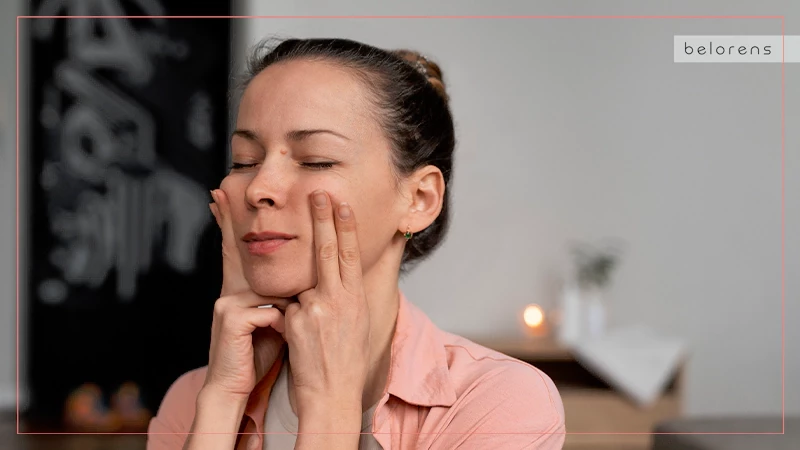
While some proponents claim that regular facial exercises can help improve muscle tone in the face and potentially reduce the appearance of sagging jowls, scientific evidence supporting their effectiveness is limited. The underlying causes of jowls are primarily related to factors such as age, genetics, skin elasticity, and collagen loss—all of which cannot be directly addressed by exercise alone.
However, it's worth noting that certain lifestyle habits like maintaining good overall health, practicing proper skincare routines (including moisturizing), protecting your skin from sun damage with sunscreen, and avoiding smoking may contribute to healthier-looking skin. Combining these practices with facial exercises might have some subtle benefits for overall facial appearance but should not be relied upon as a sole solution for significant jowl reduction.
